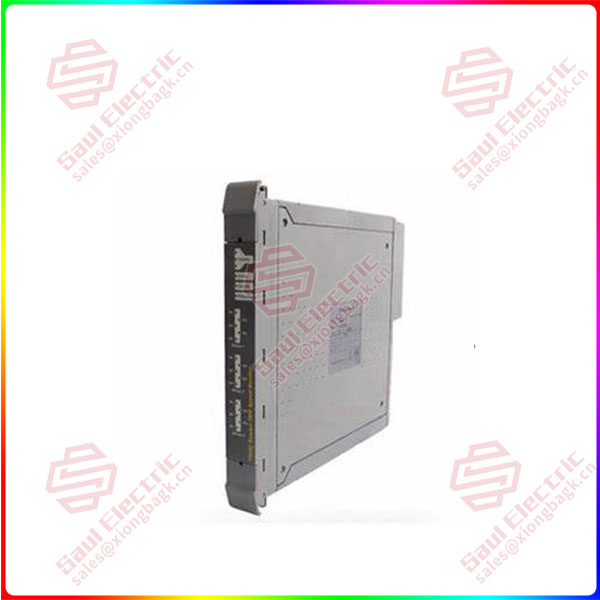The three “X’s” that Manufacturing Advances Industry 5.0 should address
As manufacturing moves toward Industry 5.0, companies must simultaneously address three core transformation challenges: Business Transformation (BX), Sustainability Transformation (SX), and Employee experience (EX). A balanced development of these three areas is essential for the successful implementation of Industry 5.0.
Business Transformation (BX)
T8191 Business transformation focuses on optimizing an enterprise’s business processes and operational efficiency through technological innovation and updating of the way of thinking. This can not only enhance customer satisfaction, but also improve the profitability of the business. For example, an enterprise resource planning (ERP) system can centrally manage business processes from production to sales and costs, while an automated production scheduler can effectively execute production plans. However, successful business transformation goes far beyond the introduction of systems, it also requires effective training and management of the human resources that use these systems.
Sustainable Transformation (SX)
The sustainable transformation focuses on building an environmentally friendly production system while actively participating in social contribution activities aimed at enhancing the company’s brand image and market reputation. By implementing environmentally and socially responsible sustainable management, companies can not only contribute to modern society, but also continue to create real corporate value. This is critical to the long-term success of businesses as it helps them stand out from global competition and win the trust and support of consumers.
Employee Experience (EX)
Employee experience focuses on improving and enhancing the employee experience in the workplace. In the face of the increasingly severe labor shortage in the manufacturing industry, maintaining and managing human resources has become particularly critical. By increasing job satisfaction, companies can not only reduce employee turnover, but also improve recruitment efficiency and overall team morale. A good employee experience is the cornerstone of business success, motivating employees to reach their maximum potential and driving sustainable business growth.

T8191
07 Manufacturing site implementation of Industry 5.0 challenges
1. Challenges of Industry 5.0 implementation: From theory to practice
While the concept of Industry 5.0 marks a new era in manufacturing, there are still many challenges in bringing the concept to life. These challenges are not only technical, but also human resources and security issues. Let’s explore some of the challenges of implementing Industry 5.0.
2, the cost of introducing advanced technology
T8191 Industry 5.0 emphasizes human-machine cooperation and the application of advanced digital technologies such as industrial robotics, artificial intelligence (AI), and digital twins. The introduction and operation and maintenance of these technologies require large cost input. For many companies, especially small and medium-sized enterprises, the high cost of technology investment poses a major barrier to achieving Industry 5.0.
3. Development and guarantee of human resources
The advancement of Industry 5.0 requires not only advanced technical support, but also human resources with corresponding digital skills. From employee recruitment to training, it takes a lot of time and effort. Even when data is collected, productivity gains can be difficult to achieve without the expertise to analyze and apply it effectively.
4. Enhance data security
In the context of Industry 5.0, large amounts of data will be exchanged across networks, which inevitably increases the risk of cyber attacks and data leaks. Protecting corporate and consumer data security and preventing cybercrime have become major challenges that the manufacturing industry must face as it moves forward with Industry 5.0. In addition, how to implement effective security policies in the entire supply chain to ensure the security of data transmission and processing is also an urgent problem for enterprises to solve.
Despite these challenges, the prospects and opportunities presented by Industry 5.0 are still worth looking forward to. Businesses need to find the right strategies and ways to overcome these obstacles in order to seize the transformational opportunities presented by Industry 5.0. Through continuous technological innovation, personnel training and security reinforcement, the manufacturing industry can gradually move towards the vision of Industry 5.0 and open a new chapter in intelligent manufacturing and sustainable development.
 1 Year Warranty
1 Year Warranty





